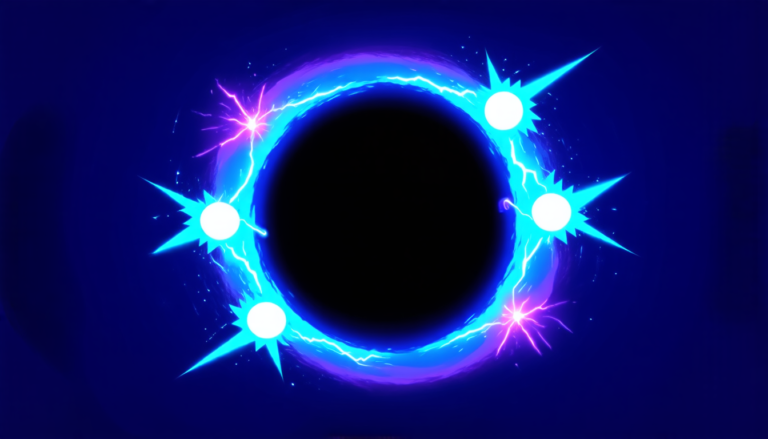Thursday 18 September 2025
The search for soliton solutions has been a long-standing challenge in mathematics and physics. Solitons are special types of waves that maintain their shape as they travel, even after colliding with other waves. In recent years, researchers have made significant progress in finding new methods to identify these solutions.
One approach is the Hirota bilinear method, which was first proposed by R. Hirota in 1971. This method involves transforming a nonlinear evolution equation into a bilinear form, which can then be solved using algebraic techniques. The beauty of this method lies in its ability to find soliton solutions for a wide range of equations, including the famous Korteweg-de Vries equation and the sine-Gordon equation.
In recent years, researchers have extended the Hirota bilinear method to more complex equations, such as those involving multiple variables and nonlinear terms. One notable example is the nonintegrable nonlinear Schrödinger equation with dual nonlinearity and external potential. This equation has many applications in optics, plasma physics, and other fields.
The authors of this paper have developed a systematic search method for finding Hirota bilinear systems of nonlinear evolution equations. Their approach involves identifying couplings between the different terms of the differential equation, which are then used to derive the bilinear system. The key innovation is that the same bilinear system can be associated with many solution members of a certain solution class.
The authors demonstrate their method by applying it to the nonintegrable nonlinear Schrödinger equation mentioned above. They show that this equation has multiple soliton solutions, including bright and dark solitons, as well as breather solutions. These solutions have important implications for our understanding of nonlinear wave dynamics.
One of the most striking aspects of this research is its potential impact on fields such as optics and plasma physics. For example, the authors’ method can be used to find soliton solutions in optical fibers, which could lead to more efficient data transmission. Similarly, the method can be applied to study the behavior of plasmas in fusion reactors.
The authors’ approach has far-reaching implications for our understanding of nonlinear dynamics and its applications. The ability to find soliton solutions using the Hirota bilinear method opens up new avenues for research in this field. As researchers continue to explore the properties of these solutions, we can expect to see important breakthroughs in fields such as optics, plasma physics, and beyond.
Cite this article: “Advances in Soliton Solution Methods: Unlocking New Frontiers in Nonlinear Dynamics”, The Science Archive, 2025.
Solitons, Nonlinear Evolution Equations, Hirota Bilinear Method, Nonlinear Schrödinger Equation, Optics, Plasma Physics, Data Transmission, Fusion Reactors, Nonlinear Dynamics, Breather Solutions







